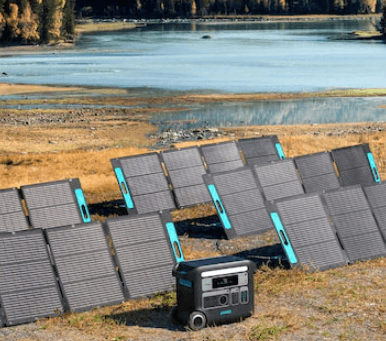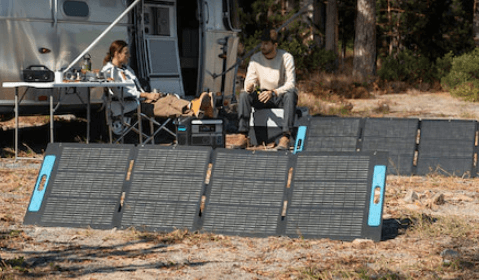How Much Are Solar Panels, Financing Costs and Tax Incentives
Solar panels have significant environmental benefits and potential long-term cost savings; many individuals are now considering investing in solar panel systems. However, before leaping, it is crucial to understand the initial costs of installing solar panels and the ongoing maintenance expenses associated with them. In this article, we will explore the price range of solar panels and delve into the various factors that influence their maintenance costs, providing readers with a comprehensive understanding of what it takes to go solar.
Solar Panel Financing Costs
As we move towards a greener future, it is important to note that while upfront costs for installing solar panels may still seem daunting for some individuals or businesses, the long-term benefits far outweigh these initial expenses. You can significantly reduce or even eliminate your monthly electricity bills with solar power, and you can also earn money through net metering programs by selling excess energy back to the grid. Additionally, investing in solar panels increases property value and allows you to control your energy generation.
The average solar panel system in the U.S. costs around $18,000 to install. The exact cost will vary depending on the size of your system, the type of panels you choose, the equipment you need, and the labor cost in your area. There are a few different ways to finance your solar panel system. You can pay for it outright with cash or interest-free instalments.
Paying for Solar Panels With Cash or a instalments
You can pay for your solar panel system outright if you have the cash. This is the most straightforward way to finance your system. You can also finance your system with interest-free instalments that you can get from Anker.
Solar Panel Tax Incentives and Credits
The federal government and many states offer solar panel tax incentives and credits to encourage homeowners and businesses to install solar panels. These incentives can significantly reduce the cost of installing solar panels, making solar a more affordable option for more people.

In addition to the federal solar tax credit, many states offer solar incentives. These incentives can take the form of tax credits, rebates, or grants and help offset the cost of installing solar panels. Some states also offer solar property tax exemptions, which can further reduce the cost of going solar. To determine what solar incentives are available in your state, check out the Database of State Incentives for Renewables and Efficiency.
Conclusion
We hope we guided you well on how much are solar panels. The cost of solar panels can vary depending on factors such as the system’s size and the installation type. However, with technological advancements and increased demand, prices have significantly decreased, making solar energy more accessible to homeowners and businesses. Financing options are available to help spread out the cost over time, allowing individuals to enjoy the benefits of solar energy without a large upfront investment.
Additionally, tax incentives and rebates offered by federal and state governments can further offset the installation cost, making solar panels a financially viable option for many. With these financial advantages and the potential for long-term savings on electricity bills, investing in solar panels is a smart choice for individuals and the environment.

